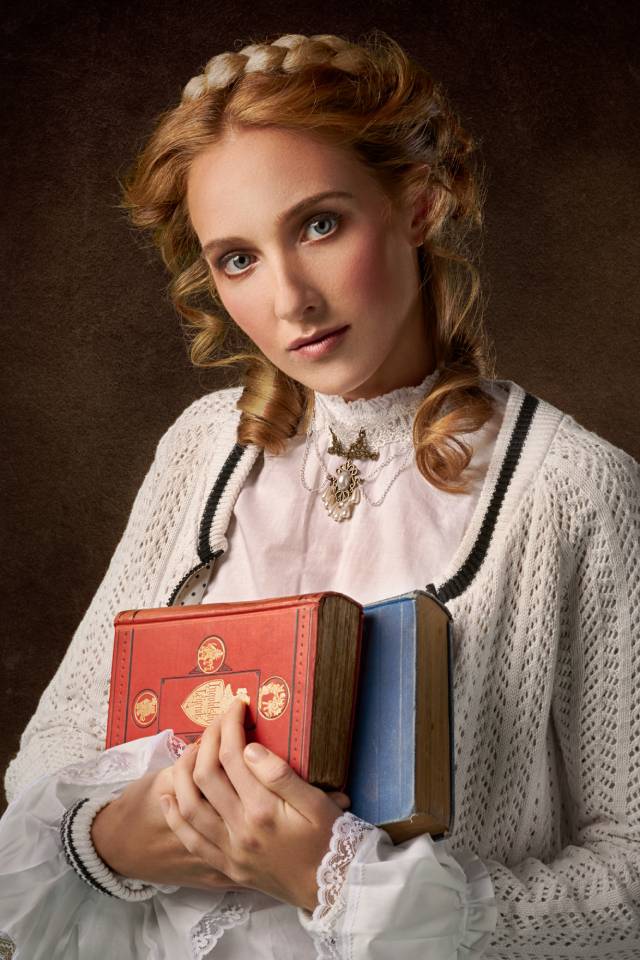Lady Whistledown confided some things to us… the wardrobe of the milliner Madame Delacroix (played by the actress Kathryn Drysdale) offers new silhouettes, embellishments and above all new colors, which are a change desired by the costume designer John Glaser. We remember the words of the latter to Elle.com: “our vision was to make the show a little organic. We based it on a flower garden with more natural colors and lots of texture, so it looked a little less chemical. We wanted to get out of that strict world of color and make it a little more real.”
Viewers were struck by a softer, more natural color scheme, shadows, and tonal range.
We realize how the characters of Penelope and Cressida are opposites in style preferences. The only thing they have in common is their preferences for bachelors and best friends.
There has been an update in colors, style and clothes, even for men. The latter have had a wardrobe update, and you can see it through the cuts of the jackets.
Penelope decides to overhaul her entire wardrobe and it is at this moment that she makes two decisions: the first is that she no longer wants to wear a citrus color and the second is to draw on the styles that Colin has seen in her travels, especially in Paris.
Coughlan (Penelope), the main star of this series, was eager to move on to new colors different from previous seasons and we understand this from her words in which she states that she was excited for herself personally and for the character to break away from those colors because they were very restrictive. Glaser says that for Coughlan, the colors of the past were very restrictive.
Glaser explains that green remains in Penelope’s wardrobe, but is less pronounced than the feminine colors typical of the Featherington family.
Penelope is now a more confident person and she shows it in the bright tones of her clothes and her changes of clothes, in short, a total change of look. Even her gloves are transparent, because we want to convey the shape of her hands and body. While she chooses fabrics and silhouettes in clothes to attract Colin’s attention.
Penelope’s embellishments are subtle, with delicate embroidery and sequins adding to the romance-focused aesthetic. She tells Glaser that she doesn’t need feathers, bows or bright colors to get noticed, because now we have a Penelope where her personality shines through. In short, she has become an empowered woman because she is now responsible for her appearance and her life.
Glaser takes inspiration from the golden age of Hollywood in this third season. The 1820s clothes look a little 1950s, but this is Bridgerton and so they modified these elements to match the period and context of the series.
We remember that Coughlan was enthusiastic about this change in her character, which occurs through clothing and colors, but also through the courage to be herself and show it to others.
We didn’t forget about Penelope’s hair, which was influenced by Lauren Bacall and Veronica Lake, according to makeup artist Erika Ökvist. Glaser says that in the figure of Penelope, we don’t want to make people remember what she wore or what her hair looked like, but to underline and convey the importance of her story.


0 Comments